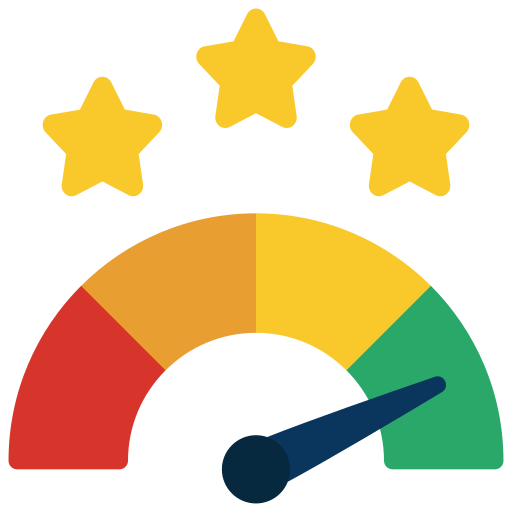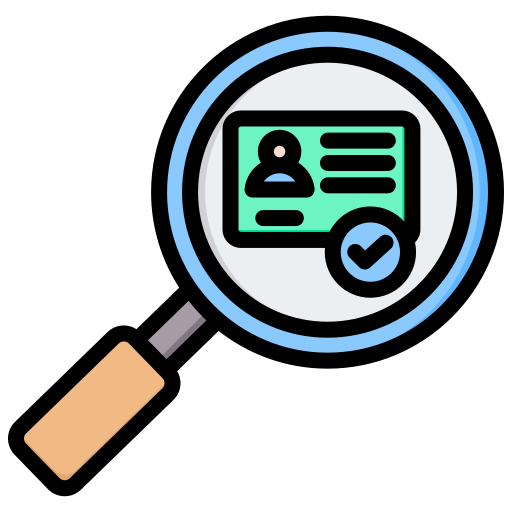REACH
REACH, which stands for Registration, Evaluation, Authorisation, and Restriction of Chemicals, is a regulation implemented by the European Union (EU) to enhance the safeguarding of human health and the environment. It aims to address the risks posed by specific chemical substances that have the potential to harm people and the ecosystem. This regulation has been in force since 1 June 2007, and the responsibility for its administration in the EU lies with the European Chemicals Agency (ECHA).
Objectives of REACH

Safety & Protection
Addresses the production and utilization of chemical substances that may pose risks to human health and the environment.

Framework
Establishes a structured approach for the communication of substance information throughout the supply chain for both upstream and downstream.

Assessment
Promotes the exploration of alternative methods for evaluating the hazardous properties in the substance.

Accountability
Responsibility is placed on organizations intending to produce and market substances in the EU market. These organizations are required to identify and manage any associated risks to comply with the regulation.

Competition
The regulation aims to foster innovation and enhance the competitiveness of the EU chemicals industry by promoting the development and use of safer substances and technologies.
Impact of Regulations on Businesses
Businesses engaged in the manufacturing or import of substances exceeding one tonne per year are obligated to comply with registration requirements imposed by ECHA, unless the substance is exempted. This entails gathering and organizing relevant information about the substance’s properties, which is then submitted to ECHA as a technical dossier. REACH regulations have a broad reach and impact various sectors, including but not limited to

Manufacturer
Individuals or organizations involved in the production of substances for their own use or for distribution within the EU market or export to other regions.

Importer
Companies engaged in the importation of substances are also required to comply with REACH regulations to control the movement of potentially hazardous substances within the EU market.

Downstream users
Companies that purchase chemicals or products to be used in industrial activities. They have the responsibility to communicate information about the usage of substances to their suppliers and ensure the safe handling and use of these substances.
REACH implementation challenges

Data Collection
Collecting comprehensive data on the properties and usage of chemical substances is essential. This data needs to be efficiently managed within a centralized database to facilitate the identification of any potential issues. However, this process can be demanding and time-consuming.

Supply Chain Complexities
Managing supply chain complexities can pose challenges when it comes to communicating with suppliers to ensure compliance of substances throughout the supply chain. This becomes particularly challenging when the supply chain is intricate, lacks transparency, or extends across multiple countries.

Non-maintenance / Infrequent updates to Safety Data Sheet (SDS)
Neglecting to regularly update Safety Data Sheets (SDS) or infrequent maintenance can lead to the dissemination of inaccurate information to downstream users. Such disregard for proper SDS management can result in non-compliance with legal obligations and increase the risk of safety incidents.

Data Assessment and Substance Identification
Accurate identification of chemicals as substances, mixtures, or articles, along with an understanding of their hazardous properties and intended use, is essential for determining their applicability under the REACH regulation. Although assessing the data can be challenging, it plays a vital role in identifying appropriate risk management measures.

Lack of Expertise
Lack of an in-house team of experts leads to poor data quality and reliability.

Cost
The implementation of REACH can impose significant financial burdens on businesses, especially small and medium-sized enterprises (SMEs) that may face resource limitations. Compliance expenses may encompass registration fees, testing expenditures, as well as costs related to modifying supply chains or exploring alternative substances.
Here are four practical steps to assist you in achieving REACH compliance.

Analysis
Conducting an assessment to analyze the substances present in the products, identify potential risks, and compare them with existing product data to identify any missing substances in the Bill of Materials (BOM).

Continuous Supplier Engagement
Maintaining active and thorough communication with suppliers to ensure the collection of data related to materials and Substances of Very High Concern (SVHC).

Data Validation
Ensuring the accuracy and completeness of information by obtaining Full Materials Declarations (FMDs) and Safety Data Sheets (SDS).

Reporting
Creating compliance reports at the Bill of Materials (BOM) level, which can be submitted as a technical dossier to ECHA.
